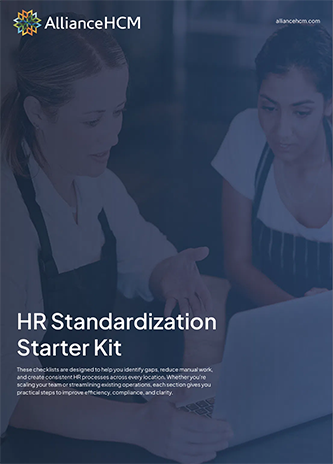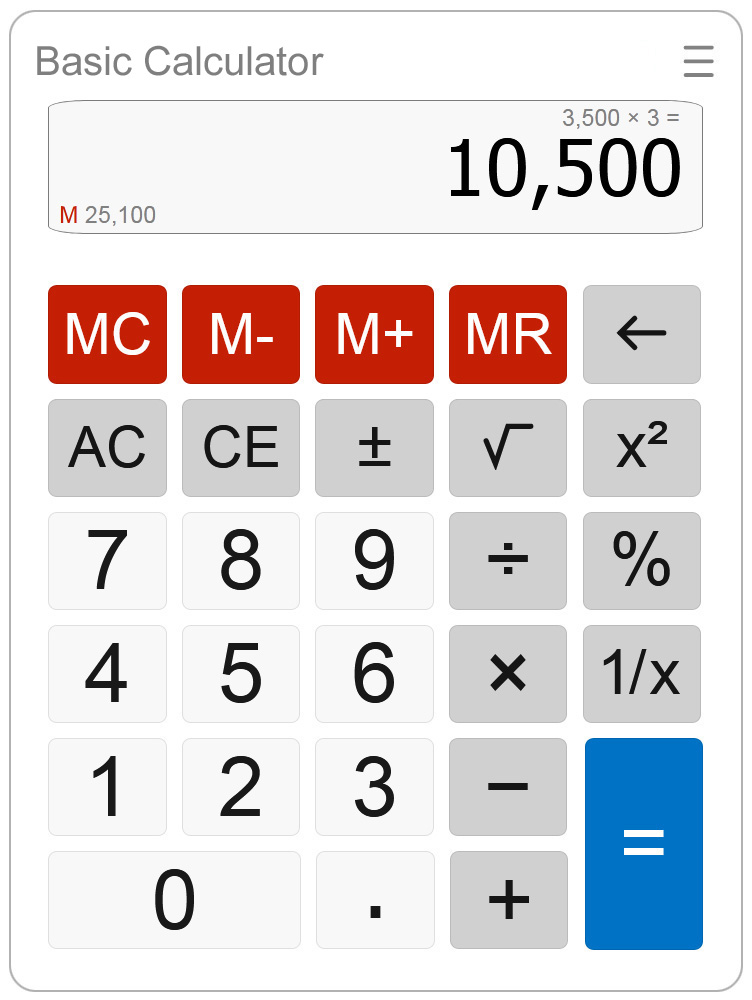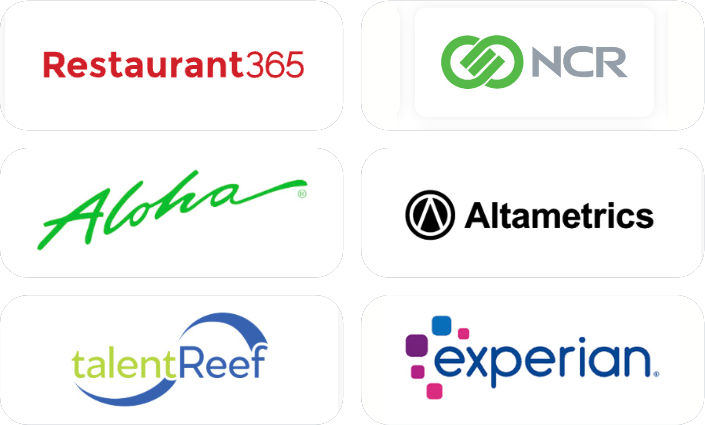As a business owner or HR professional, you want to see your employees succeed. After all, their success directly benefits your organization.
However, there may come a time when an employee needs extra support to achieve their goals. When you notice a team member underperforming or failing to meet specific job requirements, it may be time to implement an employee performance improvement plan (PIP).
Read on to learn more about the importance of PIPs and how to implement an effective performance improvement plan at your workplace.
What is an employee performance improvement plan?
First, what exactly is a PIP? According to the U.S. Chamber of Commerce, an employee performance improvement plan is a formal document that details changes an employee must make to keep their job. They’re used to help underperforming employees improve their work performance by providing a defined action plan for success.
The employee performance improvement plan process typically takes 30, 60, or 90 days. Employees have a list of performance goals they must meet within this timeframe. They should also have regular check-ins throughout this time to ensure the employee is meeting the expectations outlined in the plan.
If these performance issues persist after the deadline, disciplinary action may take place. Many employees feel like a PIP is the last step before termination, but that isn’t always the case. Managers or supervisors also utilize PIPs to improve poor performance before it becomes a cause for termination.
Benefits of performance improvement plans
The PIP process benefits employers and employees alike. Here’s why.
Reduce employee turnover
It’s no secret that it costs more to hire new talent than to retain quality employees. In fact, Forbes recently reported that the cost of replacing an employee can range from one-half to two times the employee’s annual salary.
An employee performance improvement plan is critical to address skill gaps and set improvement goals rather than dismissing underperforming team members.
Improve employee engagement
Employees may not realize they aren’t meeting expectations. A PIP provides a clear plan of action to help them succeed. This can improve engagement and productivity.
Promote a positive workplace culture
Employees feel valued when their weaknesses are addressed rather than dismissed. PIPs can foster a positive, supportive workplace dedicated to helping employees reach their full potential rather than hastily terminating team members for their flaws.

Employee performance improvement plan implementation in 5 steps
There are some important steps to take when you suspect a PIP might be necessary for an employee at your company. While you can find plenty of employee performance improvement plan worksheets online, it’s always best to tailor your approach to your team.
Consider these steps as your employee performance improvement plan template and tweak it to your needs.
1. Decide if a PIP is necessary
There are many reasons why an employee may need a PIP. An employee performance improvement plan example would be if you notice an employee is consistently not meeting deadlines. Perhaps they’re showing up late or experiencing low-quality ratings.
When you’re evaluating an individual or team’s poor performance, the key is not to make assumptions about what’s causing it but rather to investigate why the performance is what it is. Only then can you create an action plan for improving performance.
Remember, not all issues can be corrected with a PIP. Measurable goals are often best for an action plan, while behavioral issues may not be suitable for this type of performance management.
2. Create a plan
Then, it’s time to draft an employee performance improvement plan. According to the Society for Human Resource Management, a PIP should include:
- Specifics regarding the unacceptable performance
- Specific and measurable objectives that are achievable, relevant, and time-bound
- How management will help support the employee during this timeframe
- Details on regular check-ins
- Clearly stated consequences for not meeting the objectives of the plan
3. Implement the plan
After a thorough review, it’s time to put the plan into action. Meet with the employees and discuss expectations and allow them time to ask questions. It’s important to note that a PIP should not come as a surprise to the employee. They should have been given the opportunity to improve their performance on their own before this.
Performance reviews are a great opportunity to discuss ways employees can improve before issuing a PIP.
4. Conduct check-ins
Follow up with your employee throughout the process to see if they are making progress with their PIP. Celebrate successes and offer advice and support where needed. This is a chance to identify gaps in training or resources that should be quickly addressed.
5. Conclusion
At the end of the determined timeframe decisions must be made. If an employee has met their goals, this should be celebrated! However, if poor performance was still evident disciplinary action may need to be taken in the form of a demotion, reassignment, or termination.
Learn more about how to support your employees with an all-in-one human capital management (HCM) system.





